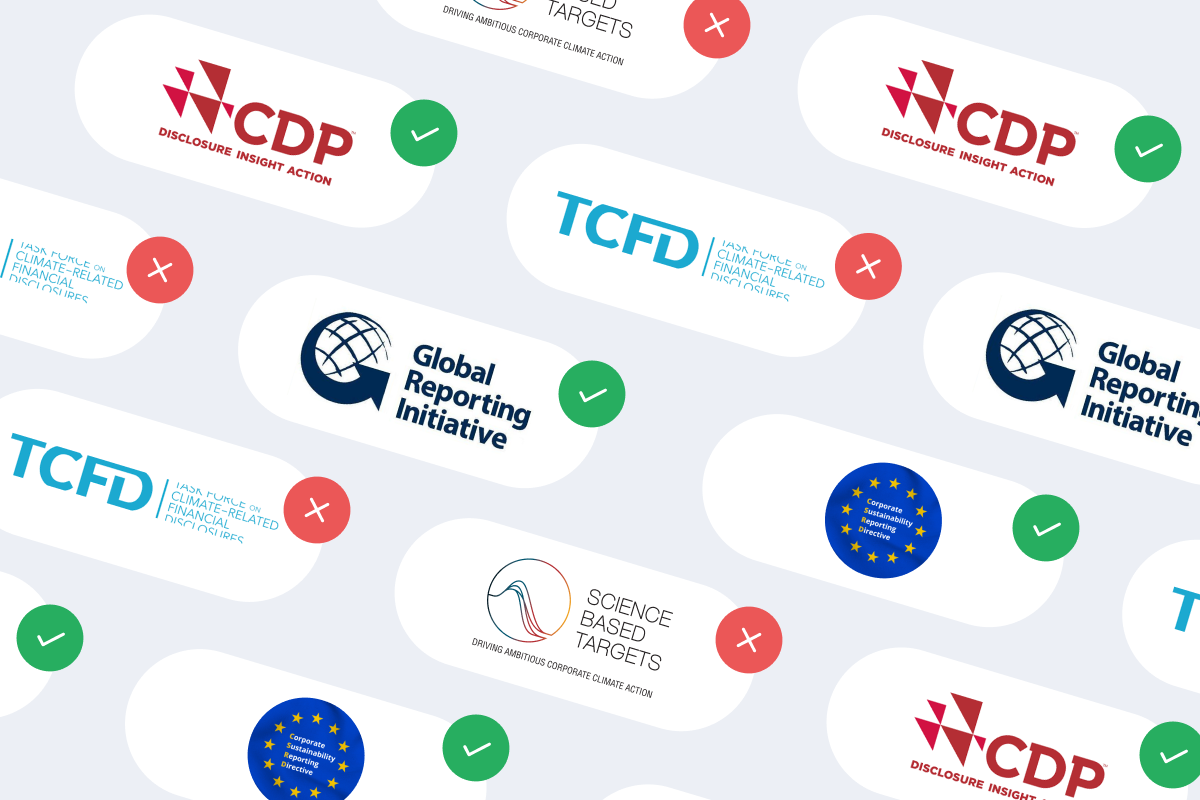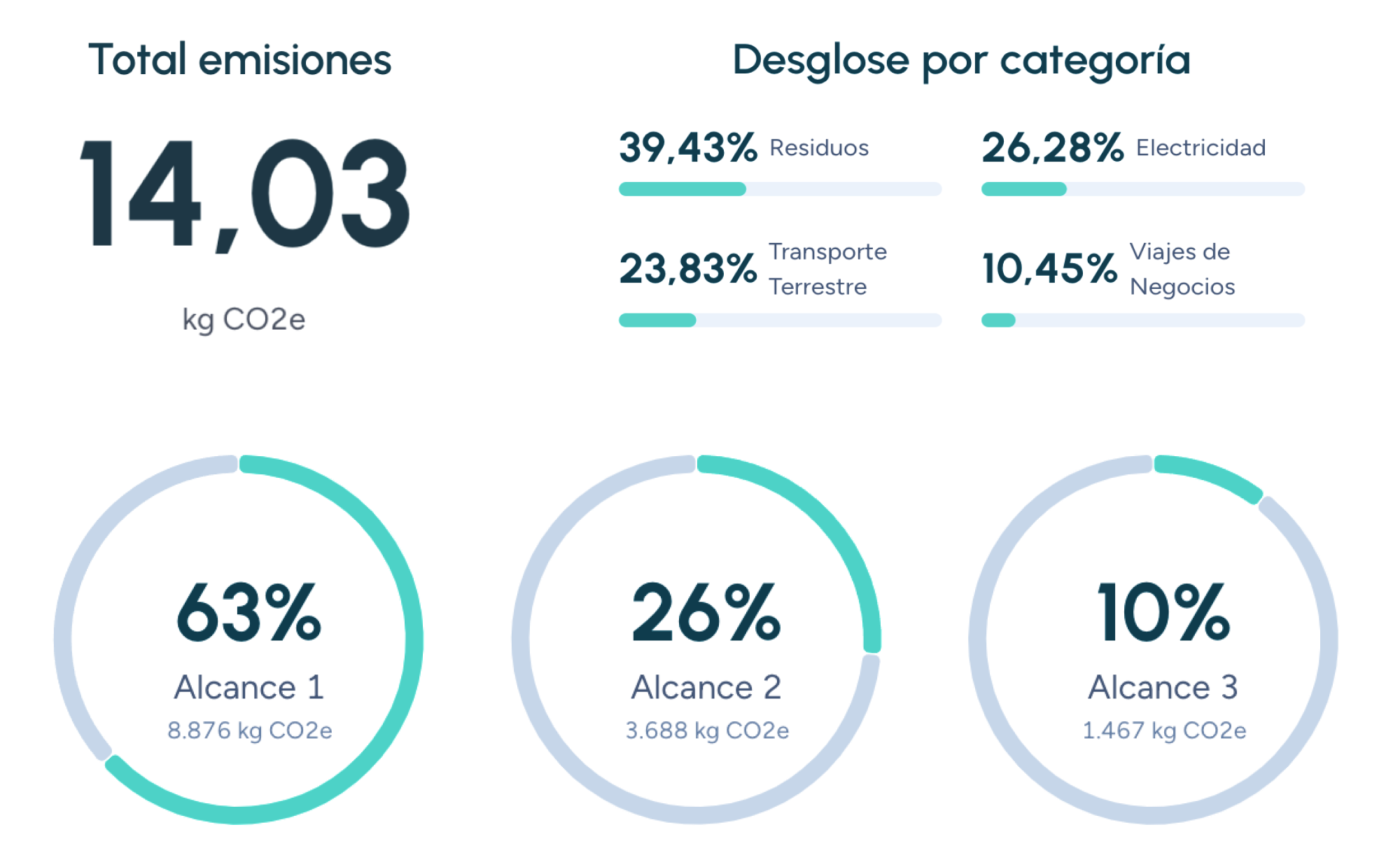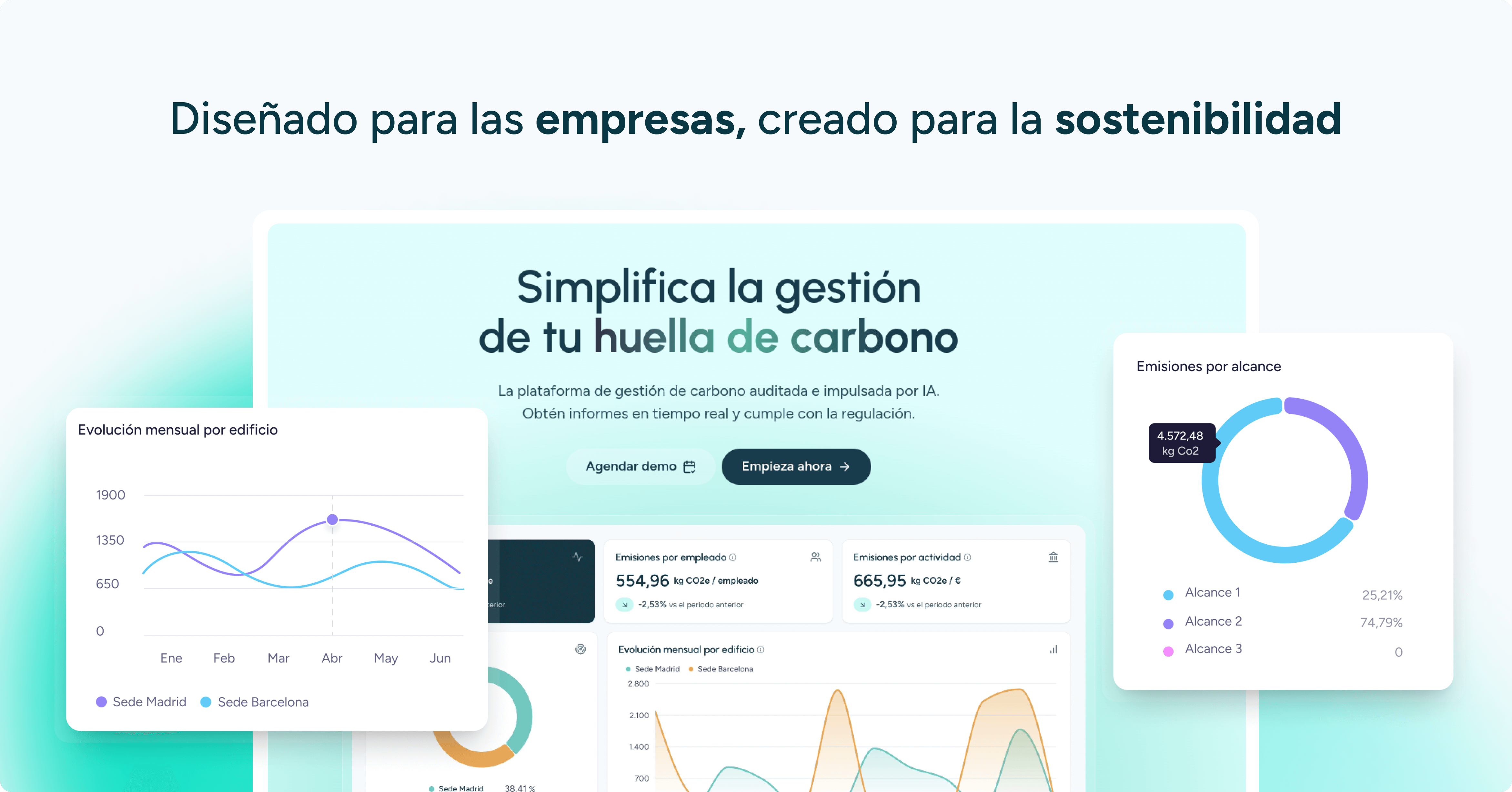Climate change mitigation
Climate change mitigation refers to the actions and strategies aimed at reducing or preventing greenhouse gas (GHG) emissions into the atmosphere or increasing their absorption through carbon sinks. These actions are essential to combat global warming and its consequences, aiming to limit global temperature rise to less harmful levels for the planet and society.
Why is climate change mitigation important?
The importance of mitigation lies in the need to slow climate change, a phenomenon with negative global impacts.
Some of these impacts include:
- Rising sea levels
- More frequent and intense extreme weather events (hurricanes, droughts, floods)
- Loss of biodiversity
- Water resource shortages
- Impacts on human health
- Mass migrations
Climate change mitigation is crucial to prevent or minimize these impacts and build a sustainable future.
Climate change mitigation measures
Mitigation measures can be implemented at different levels, from individual to international.
Some examples include:
Energy
- Transition to renewable energy: Replacing fossil fuels (coal, oil, and gas) with renewable energy sources such as solar, wind, hydroelectric, geothermal, and biomass.
- Improving energy efficiency: Reducing energy consumption through the use of more efficient technologies in buildings, transportation, and industry.
Transportation
- Promoting public transportation: Encouraging the use of trains, buses, and other efficient public transport systems.
- Electric and hybrid vehicles: Supporting the adoption of electric and hybrid vehicles to reduce road transport emissions.
- Sustainable mobility: Promoting active mobility (walking, cycling) and shared vehicle use.
Industry
- Technological innovation: Implementing cleaner and more efficient technologies in industrial processes.
- Circular economy: Reducing resource consumption and waste generation through reuse, recycling, and waste recovery.
Agriculture and land use
- Sustainable agricultural practices: Implementing practices that reduce GHG emissions, such as conservation agriculture, agroforestry, and proper livestock management.
- Forest protection and reforestation: Preserving existing forests and planting new trees to increase CO₂ absorption from the atmosphere.
Buildings
- Sustainable construction: Designing and constructing energy-efficient buildings with minimal environmental impact.
- Energy retrofitting: Improving the energy efficiency of existing buildings through renovations in heating, ventilation, air conditioning, and insulation systems.
The role of the carbon footprint in climate change mitigation
Measuring the carbon footprint is a fundamental tool for climate change mitigation. It allows organizations, businesses, and individuals to quantify their GHG emissions, identify major emission sources, and establish strategies to reduce them.
Different standards and methodologies exist for calculating the carbon footprint, such as the Greenhouse Gas (GHG) Protocol, which provides guidelines for emission accounting and reporting. Once the carbon footprint is known, specific mitigation measures can be implemented to reduce it, such as those mentioned earlier.
Additionally, the carbon footprint can be used to:
- Set emission reduction targets: Establish quantifiable and measurable goals to reduce environmental impact.
- Monitor progress: Track mitigation actions and evaluate their effectiveness.
- Communicate environmental commitment: Demonstrate an organization’s sustainability commitment to stakeholders (customers, investors, employees).
International agreements and mitigation policies
At the international level, agreements and frameworks have been established to drive climate action and mitigation efforts. The Paris Agreement, adopted in 2015, aims to keep the global average temperature increase well below 2°C above pre-industrial levels and pursue efforts to limit the increase to 1.5°C.
To achieve this goal, signatory countries submit Nationally Determined Contributions (NDCs), which detail their climate action plans, including mitigation measures.
In addition to international agreements, many countries have implemented policies and regulations to promote climate change mitigation. These policies may include:
- Carbon taxes: Imposing a tax on GHG emissions to discourage their use.
- Emissions trading systems: Establishing a market for emission allowances to cap total emissions.
- Renewable energy incentives: Encouraging investment in renewable energy through subsidies, tax exemptions, and other mechanisms.
- Emission regulations: Setting limits on GHG emissions across various sectors.
Conclusion
Climate change mitigation is a global challenge requiring collective action from governments, businesses, organizations, and individuals. Measuring the carbon footprint is an essential tool to understand our environmental impact and take action to reduce it.
Through ambitious mitigation measures and global collaboration, we can build a more sustainable and resilient future in the face of climate change.
Companies that already trust manglai

Climate neutrality
Discover what climate neutrality is and how to achieve a balance between GHG emissions and removals. Learn to measure your impact and explore strategies for a sustainable future.
Climate resilience
Explore climate resilience, its importance in adapting to the effects of climate change, and how businesses can implement it for a sustainable and competitive future.
Decarbonization
Discover what decarbonization means and how this shift toward a sustainable future can help combat climate change. Learn about key strategies and measurement tools.
Guiding businesses towards net-zero emissions through AI-driven solutions.
© 2025 Manglai. All rights reserved
Política de Privacidad


